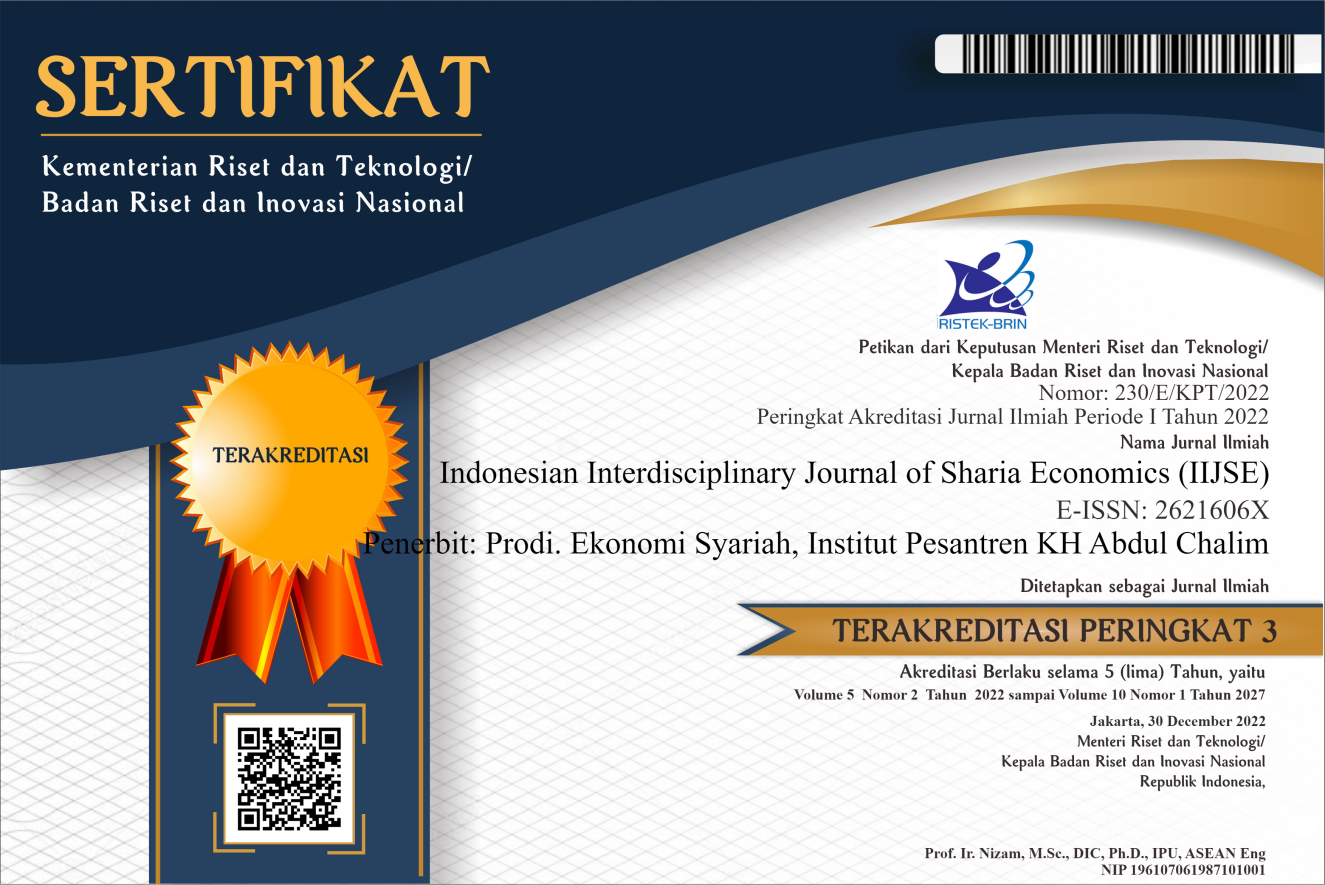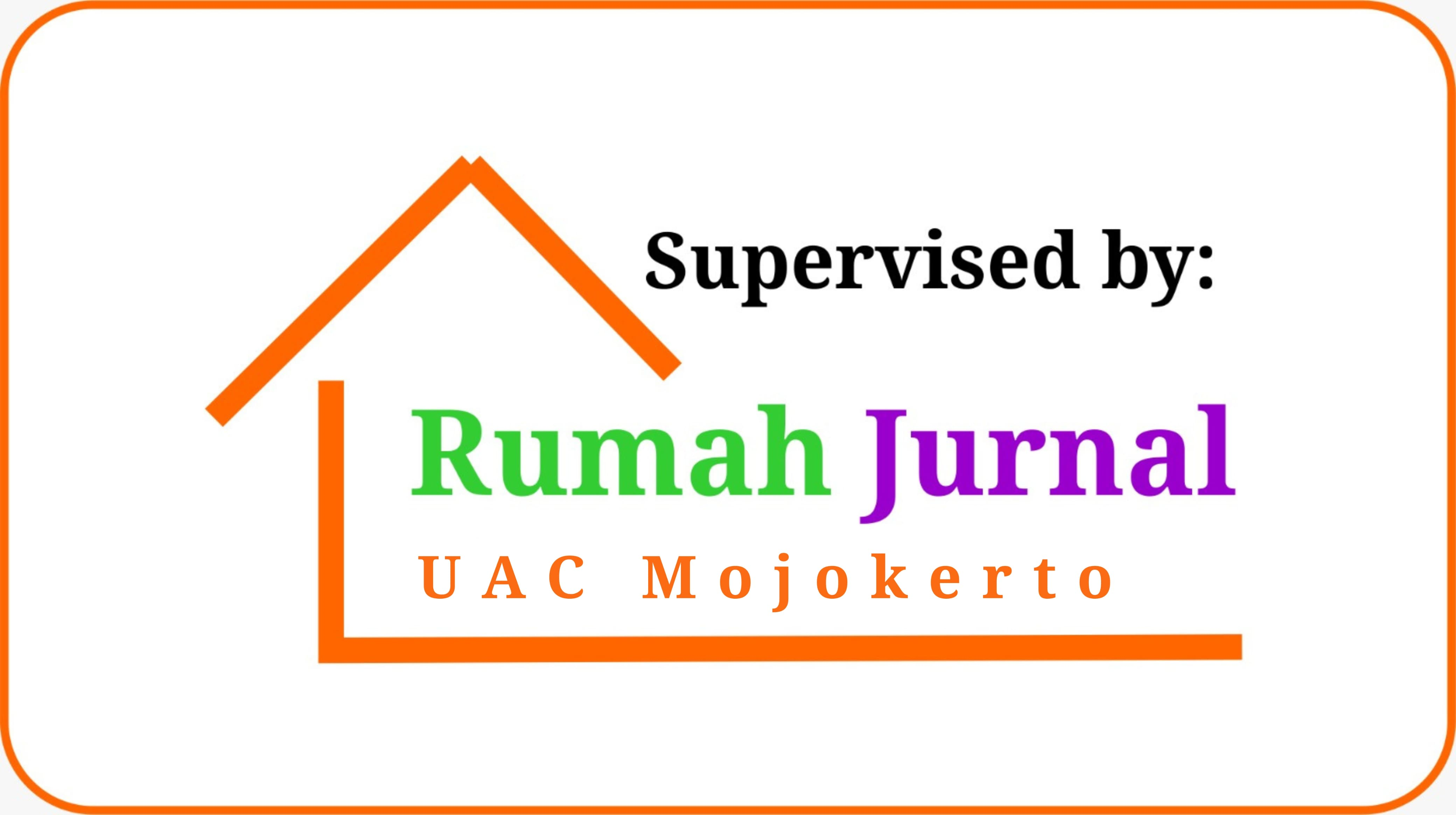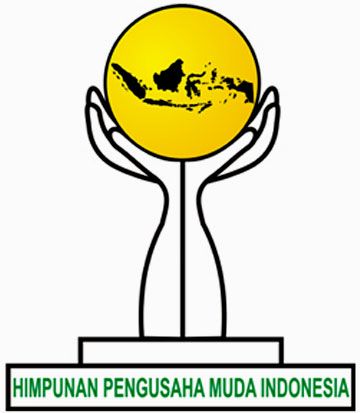Redesign of Plastic Waste Processing Facility Layout at PT Inastek Using Computerized Relationship Layout Planning (Corelap) Method
Abstract
Factory layout is the main foundation of the industrial world. A well-planned factory layout will help determine the efficiency and effectiveness of production activities and in some cases will also maintain the survival or success of a company. Based on the results of field observations and interviews that have been conducted, the problem faced by the company is the arrangement of the production floor layout that has poor flow, including workstations that have a relationship of material flow sequences that are placed far apart. This causes a lot of land area used and high OMH costs. One of the proposed methods that can be used to solve this problem is the Computerized Relationship Layout Planning (CORELAP) method. The CORELAP method was chosen to improve the facility's layout by producing a minimum material movement distance. In addition, this method allows for maximum area utilization, higher production capacity, and a more regular production flow. The total distance in the old layout is 39.25 meters and the new layout is 26.75, proving that the distance traveled by the proposed layout is more minimal meets the requirements of a proposed layout, and can reduce the company's OMH value.
Downloads
References
Adiyanto, O., & Clistia, A. F. (2020). Redesigning the Layout of UKMEko Lathe Production Facilities Using the Computerized Relationship Layout Planning (Corelap) Method. Jisi; Journal of Industrial System Integration, 7(1), 49–56.
Amal, M. I., Putri, O. K., Maulana, R. I., Adesta, D. (2023). Simulasi Perancangan Ulang Tata Letak Fasilitas Departemen Fabrikasi dengan Metode ARC dan Blocplan pada PT.XYZ. JUSTI (Jurnal Sistem dan Teknik Industri), 4(1), 73-81. http://dx.doi.org/10.30587/justicb.v4i1.6713
Arianto, B., Bhirawa, W. T., Yulianto, D., & Indramawan. (2023). Facility Layout Design and Its Applications (B. Arianto, W. T. Bhirawa, D. Yulianto, & Indramawan, eds.). Jakarta: Industrial Engineering Study Program, Marshal Suryadarma Aerospace University, Jakarta.
Aziz, F. N., & Kurnia, Y. (2023). Facility Layout Redesign with ARC Method to Maximize the Production Process in Making Rubber Sandals Soles (CV. Nugraha Rubber Ampera). Galuh Industrial Journal, 5(1), 45–54. https://doi.org/10.25157/jig.v5i1.3062
Daissurur, M. L. (2023). Layout Design with Systematic Layout Planning Method. Proceedings of SAINTEK: Science and Technology, 2(1), 400–405. https://doi.org/10.1016/b978-0-12-818364-9.00019-6
Dewi, R. K., Choiri, M., Eunike, A. (2017). Perancangan Tata Letak Fasilitas Menggunakan Metode Blocplan dan Analytic Hierarchy Process (AHP) (Studi Kasus: Koperasi Unit Desa Batu). Jurnal Rekayasa Dan Manajemen Sistem Industri, 2(3), 624–636.
Fajarika, D., Rinda, G., Sofriani, N. (2019). Perancangan Tata Letak Laboratorium Pakan dengan Metode Computerized Relationship Layout Planning di Industri Penggemukan Sapi. Journal of Science and Applicative Technology, 3(2), 68-77.
Fauzi, M. R., & Cahyana, A. S. (2021). Proposed Production Layout Using Total Closeness Rating (TCR) Method and Corelap Algorithm in CV. Faris Collections. Procedia of Engineering and Life Science, 1(2). https://doi.org/10.21070/pels.v1i2.935
Karisma, I., & Fatimah, Y. A. (2022). Literature Review: Warehouse Facility Layout Design Techniques in Efficient Manufacturing Companies. Borobudur Engineering Review, 2(1), 12–22. https://doi.org/10.31603/benr.6300
Maulidah, Anggela, P., Sujana, I. (2022). Redesign Tata Letak Fasilitas Menggunakan Metode Activity Relationship Chart dan Algoritma Blocplan pada Pabrik XYZ. Jurnal Teknik Industri Universitas Tanjungpura, 6(2), 78-82. https://jurnal.untan.ac.id/index.php/jtinUNTAN/issue/view/1913
Rafael, G., Widodo, L., Adianto. (2023). Relayout Produksi Springbed Menggunakan Metode SLP, CORELAP serta Simulasi Promodel, dan Flexim. Jurnal Imliah Teknik Industri, 11(2), 90-103.
Rahayu, I., Wati, Y. A., Candra, J. W. E., Gibran, D. P., & Husyairi, K. A. (2023). Redesigning Ngesti Retail Layout Using Activity Relationship Chart Method and Total Closeness Rating. ARTI Journal: Industrial Engineering Design Application, 18(2), 97–106.
Rauan, C. M. T. C., Kindangen, P., & J. Pondaag, J. (2019). Analysis of Layout Efficiency of Production Facilities of PT Tropica Cocoprima Lelema. EMBA Journal: Journal of Economic, Management, Business and Accounting Research, 7(4), 5466–5475.
Siagian, M. F., Zakaria, M., & Bakhtiar. (2022). Factory Layout Redesign Using Systematic Layout Planning Method and Computerized Relative Allocation of Facilities Techniques to Improve Production Efficiency at PT Abad Jaya Abadi Sentosa. Industrial Engineering Journal, 11(1). Retrieved from https://journal.unimal.ac.id/miej/article/view/720
Sihombing, E. I. N. T., Manik, Y., & Siboro, B. A. H. (2021). Facility Layout Design at Taman Eden 100 Production House. JISI: Journal of Industrial System Integration, 8(2), 77–86. https://doi.org/10.24853/jisi.8.2.77-86
Nisa, S. Z., & Setiafindari, W. (2023). Facility Layout Redesign to Minimize Material Handling Distance Using CORELAP Algorithm. Journal of Applied Industrial Technology and Management, 2(4), 250-260.
Gunanti, N. A., Momon S., A., Herwanto, D., & Arifin, J. (2021). Facility Layout Optimization Using Blocplan and Corelap Algorithms. JIME (Journal of Industrial and Manufacture Engineering), 5(2), 107-120.
Sritomo, W. (2003) Factory Layout and Material Transfer, Guna Widya
Wignjosoebroto, S. (2009). Factory Layout and Material Transfer (Third Edition).
Copyright (c) 2024 Aura Diva Shafa Dharma, Rusindiyanto Rusindiyanto

This work is licensed under a Creative Commons Attribution-ShareAlike 4.0 International License.
Authors who publish with this journal agree to the following terms:
- Authors retain copyright and grant the journal right of first publication with the work simultaneously licensed under a Creative Commons Attribution License that allows others to share the work with an acknowledgment of the work's authorship and initial publication in this journal.
- Authors are able to enter into separate, additional contractual arrangements for the non-exclusive distribution of the journal's published version of the work (e.g., post it to an institutional repository or publish it in a book), with an acknowledgment of its initial publication in this journal.
- Authors are permitted and encouraged to post their work online (e.g., in institutional repositories or on their website) prior to and during the submission process, as it can lead to productive exchanges, as well as earlier and greater citation of published work.


















